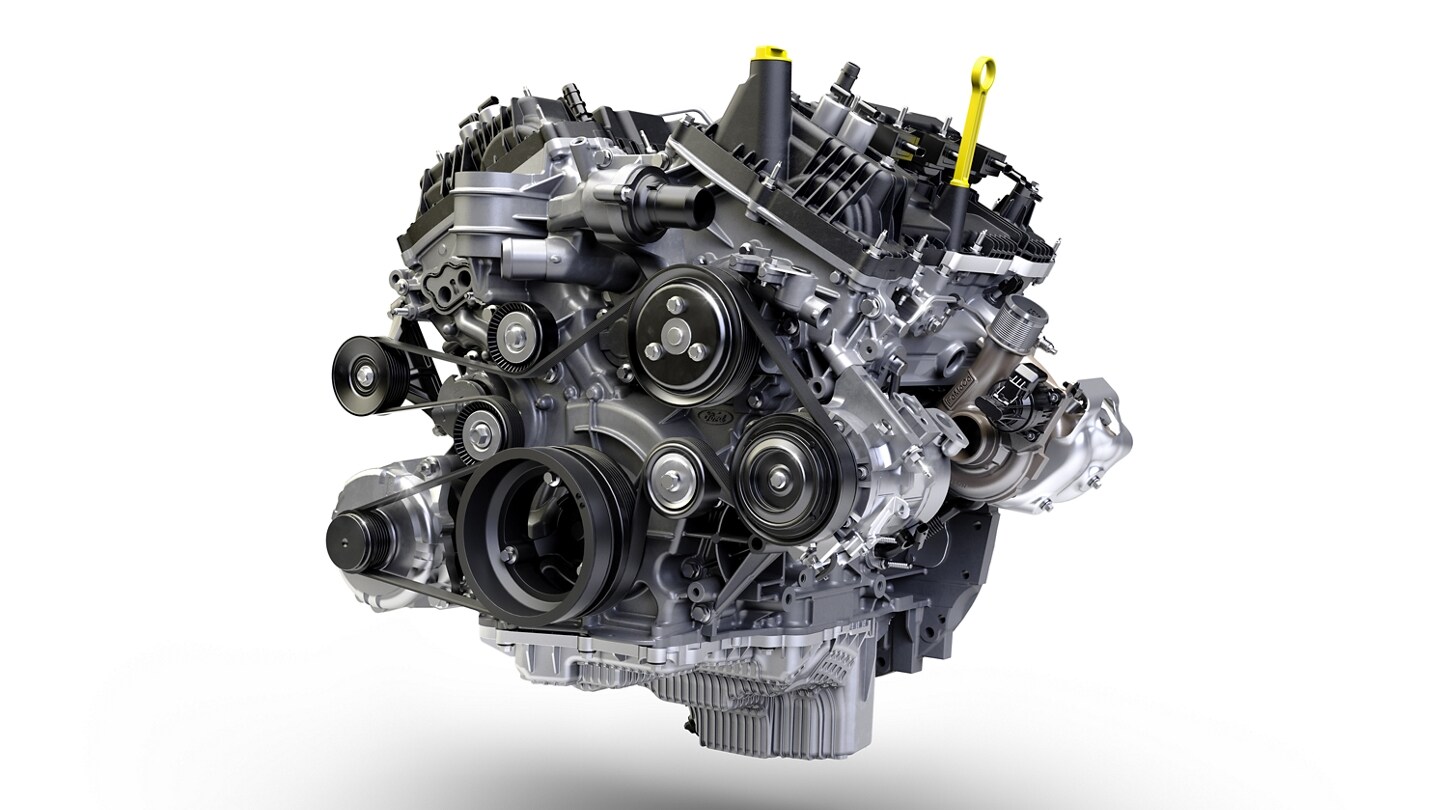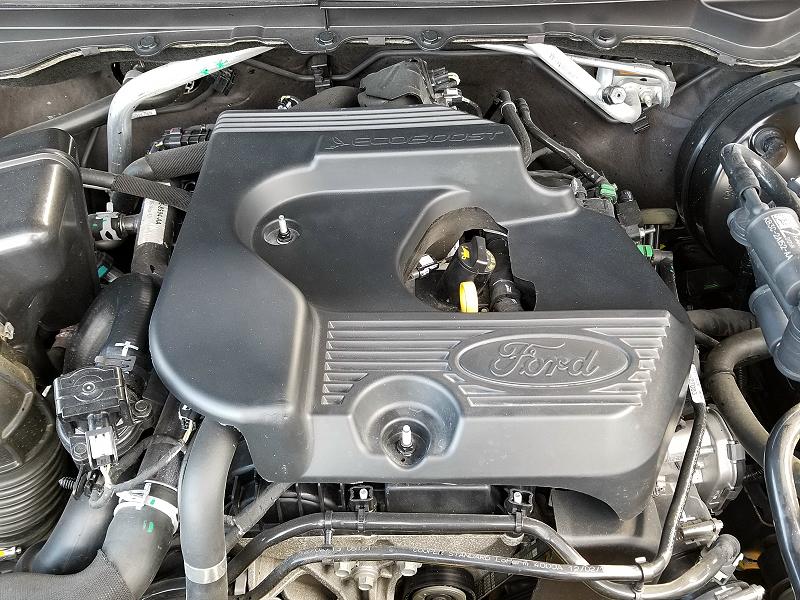How the 2.2 Ford Ranger Engine Stands Out for Durability and Power in Tough Conditions
How the 2.2 Ford Ranger Engine Stands Out for Durability and Power in Tough Conditions
Blog Article
Understanding the Basics of Auto Engines: Functions, kinds, and features

Overview of Vehicle Engines
A cars and truck engine serves as the heart of a vehicle, transforming fuel right into power to move it onward. This complex system makes up numerous parts that operate in unison to guarantee ideal performance and performance. The fundamental operation of a vehicle engine involves the inner burning procedure, in which fuel and air are combined, stired up, and gotten rid of to produce power.
The engine's style can dramatically influence its efficiency, gas performance, and exhausts. Secret elements include the cylinder block, pistons, crankshaft, and camshaft, each playing a crucial role in the engine's general function. The cyndrical tube block houses the cylinders where combustion occurs, while the pistons transform the explosive energy from combustion right into direct activity. This movement is after that transformed right into rotational power by the crankshaft, enabling the lorry's wheels to transform.
In enhancement to these parts, engines usually utilize various systems such as fuel injection, ignition, and cooling systems to boost performance and longevity. Understanding the basic auto mechanics of vehicle engines is necessary for doing and detecting concerns maintenance, eventually contributing to the car's reliability and effectiveness over time.

Kinds of Vehicle Engines
Auto engines can be categorized into several types based upon their style, gas kind, and functional principles. 2.2 ford ranger engine. The most common categories consist of internal burning engines (ICE), electric engines, and hybrid engines
Inner combustion engines, which can be more separated into gasoline and diesel motor, operate by firing up a fuel-air combination to generate power. Fuel engines are typically lighter and smoother, while diesel motor are more fuel-efficient and deal greater torque.
Electric engines make use of electrical power stored in batteries to power an electrical motor, offering instantaneous torque and zero discharges during procedure. As modern technology advances, electrical automobiles (EVs) are progressively coming to be popular for their environmental benefits and lower running prices.
Hybrid engines incorporate aspects of both interior combustion and electrical engines, permitting flexible power sources and boosted gas effectiveness. They can run in numerous modes, using either the gasoline engine, the electric motor, or both all at once.
Each sort of engine has distinct benefits and downsides, affecting their application in different lorry kinds and market segments, from small automobiles to durable trucks. Understanding these types is essential for making notified decisions relating to lorry choice and efficiency assumptions.
Engine Functions Clarified
Understanding engine features is critical for realizing just how cars run successfully. At the core of any type of inner burning engine exists the essential procedure of converting gas into mechanical power. This procedure starts with the consumption stroke, where air and gas are attracted right into the burning chamber. Following this, the compression stroke presses the air-fuel mix, enhancing its temperature level and pressure.
The ignition takes place next, stiring up the combination and developing a fast expansion of gases. This force drives the piston down throughout the power stroke, which ultimately equates right into the rotational activity of the crankshaft. The exhaust stroke after that expels the invested gases from the chamber, making means for a brand-new cycle to begin.
Along with these key functions, engines additionally include systems that take care of air conditioning and lubrication, ensuring ideal operational temperatures and minimizing rubbing between moving components. This elaborate interplay of features enables you could try these out the engine to generate the power required for vehicle propulsion while keeping effectiveness and reliability. Understanding these functions offers important understanding right into the complexities of automotive design and improves the capability to detect and resolve engine-related concerns successfully.
Trick Engine Functions
Engine layout incorporates several key functions that significantly influence effectiveness, efficiency, and durability. Among one of the most vital facets is the engine setup, that includes inline, V-type, and level designs. Each configuration influences the engine's power, size, and balance result, consequently impacting general automobile characteristics.
One more vital attribute is the engine variation, describing the total quantity of all cylinders. Bigger displacements usually generate even more power yet might endanger gas effectiveness. Engine products also play a crucial function; lightweight and high-strength materials, such as aluminum and magnesium alloys, enhance efficiency without including excessive weight.
The kind of fuel shot system employed-- such as multi-port or direct shot-- impacts burning efficiency and emissions. Turbocharging and turbo charging are functions that improve engine efficiency forcibly added air into the combustion chamber, raising power outcome without substantially boosting engine dimension.
Finally, the visibility of innovative engine monitoring systems enhances fuel-air mix and ignition timing, adding to smoother operation and much better fuel economic climate. Jointly, these attributes specify an engine's capabilities, setting the foundation for its performance and longevity in a competitive automotive landscape.
Maintenance Tips for Engines
Proper engine upkeep is essential for making sure optimal performance and long life, as ignoring regular treatment can bring about significant concerns down the line. To preserve your engine successfully, start with regular oil changes, commonly every 3,000 to 7,500 miles, depending on the type of oil used. Fresh oil lubricates engine elements, reducing rubbing and wear.
Furthermore, monitoring coolant degrees is crucial to avoid overheating. Ensure that the coolant is topped up and remains in great problem to maintain Recommended Site reliable temperature level law. Regularly change and examine air and gas filters, as blocked filters can impede air movement and gas shipment, compromising engine efficiency.
Additionally, take notice of ignition system and ignition systems. Defective or worn trigger plugs can result in misfiring and decreased efficiency. Examining the battery terminals and connections for corrosion is additionally essential, as a weak battery can impact engine starting.

Verdict
In recap, a comprehensive understanding of cars and truck engines includes various kinds, functions, and key functions that dramatically influence lorry efficiency. Inner combustion engines, along with hybrid and electrical alternatives, demonstrate diverse devices for power conversion. 2.2 ford ranger engine. Acknowledging the necessary functions, such as consumption and exhaust cycles, along with vital engine features like arrangement and gas shot systems, gears up vehicle proprietors with the understanding essential for effective maintenance and operation, eventually improving car longevity and efficiency
An auto engine serves as the heart of a car, transforming fuel right into mechanical power to propel it onward. The fundamental procedure of a cars and truck engine entails the interior burning procedure, where fuel and air are blended, ignited, and eliminated to produce power.
Routinely replace and evaluate air and fuel filters, as clogged up filters can prevent airflow and fuel distribution, jeopardizing Visit This Link engine effectiveness. - 2.2 ford ranger engine
In recap, a detailed understanding of car engines encompasses various kinds, functions, and crucial attributes that substantially influence lorry performance. Identifying the important functions, such as consumption and exhaust cycles, together with critical engine functions like configuration and gas injection systems, gears up vehicle proprietors with the understanding required for effective upkeep and procedure, ultimately improving automobile longevity and efficiency.
Report this page